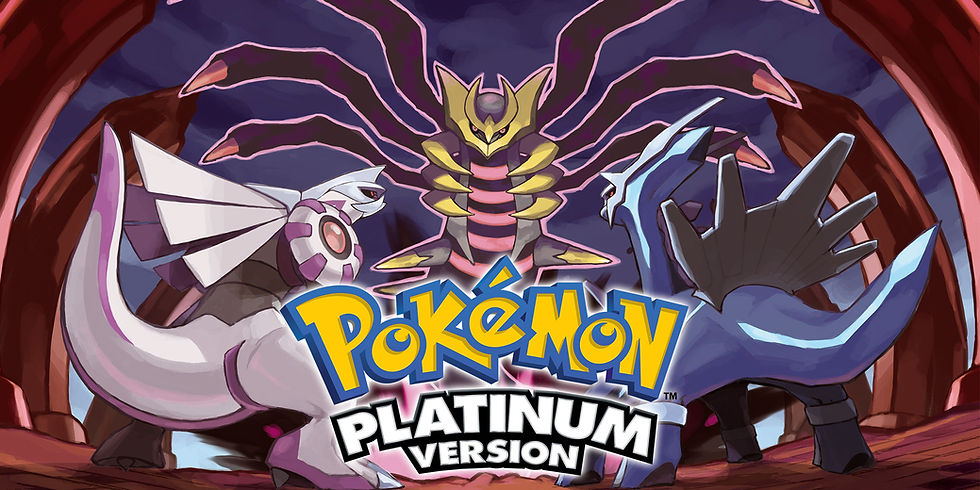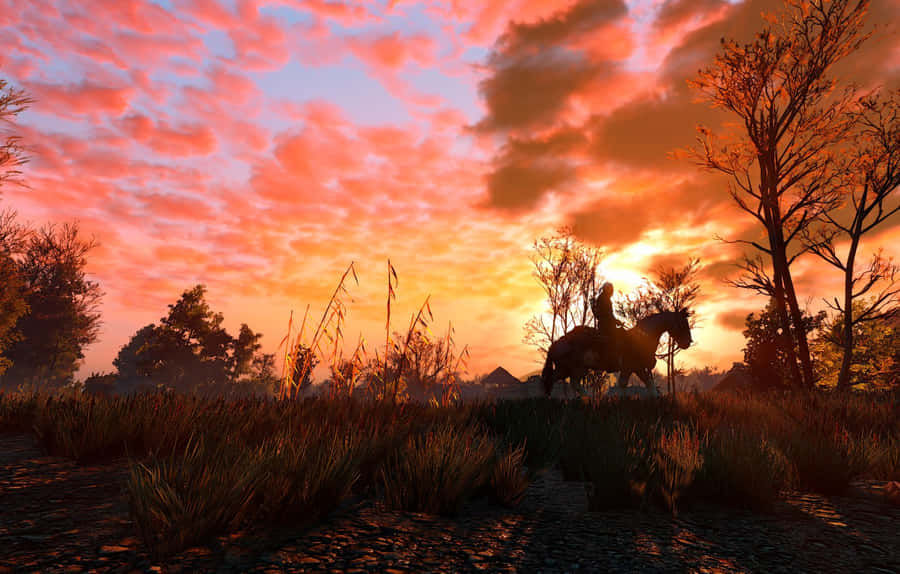Death Stranding: The Aesthetics of Television
- Lewis Davies
- Jun 11
- 5 min read
THIS ESSAY CONTAINS SPOILERS FOR:
Death Stranding by Kojima Productions
The Tombs of Atuan by Ursula K. Le Guin
There’s a moment at the end of what I guess would be Death Stranding’s second act. You’ve connected the chiral network as far as you can walk, and now, to reach Amelie in the east, you have to cross the tar belt - a massive moat that separates the west from Edge-Knot City. Broken boats and other vehicles scatter the beach’s shore and, at first glance, the distance seems insurmountable. As you’re floundering for what to do, a group of BTs rear their heads and both you and BB’s heart rate’s spike. In that moment, though, the solution to your problems becomes clear - a crazy, “it might just work”, lightning bolt of an idea. For me, it’s Death Stranding at its best. Unfortunately it's a best that it reaches far too rarely.

Kojima Productions do such a fantastic job of immersing you in the game’s mechanical systems (walking, BT encounters and deliveries) that by the time the Tar Belt needs crossing, that lightning bolt moment feels like it could never have been anything else, while still being a fulfilling moment. The same cannot be said for its big narrative moments though, which rarely benefit from the same momentum. The moment that comes to mind is Sam’s final choice to save BB - it should carry with it the weight of all this story, but instead it feels empty. Death Stranding is full of big moments like this that carry nothing with them but exposition and the idea that they should be emotional on paper.
This is for a long list of reasons, like exposition heavy dialogue, shallow characterisation, and……., but I think they can all be wrapped up in one - the familiar Kojima Productions Episodic Structure. Death Stranding is broken down into 14 named character episodes with a 15th post-game chapter. I’ve written about this before in reference to Metal Gear Solid V, but to me it feels like Kojima Productions’ writers are more interested in emulating the aesthetics of TV and film, and less so in the forms of their storytelling. There’s nothing inherently wrong with this episodic approach, but it brings with it expectations about how your story is going to function, expectations I'm not sure they had any intention of fulfilling. Death Stranding is gorgeous, with some genuinely arresting cinematography but the story it's supposed to support is so all over the place that it ends up highlighting its problems instead. To explain what I mean, I’m going to look at one episode in particular here - Episode 5: Mama.

As an aside, it's important for me to highlight that Mama’s character is a product of many reductive and stereotypical female tropes around motherhood and gender roles that are prevalent in Death Stranding and Kojima Productions’ other work. But this topic would be better discussed in its own essay - so that won’t be discussed in depth here.
Before you meet her during episode 5, Mama is a voice on the end of the “phone” and you don’t learn a whole lot about her. So her entire story is mostly contained here. It’s a whistle stop tour through her character where she becomes a vessel for exposition, a fate not unique to Mama throughout the game. Between the short conversations and exposition choked dialogue you get very little time to build the network that Death Stranding so wants you to believe is important. This is a story about building human connection that seems totally against letting you genuinely bond with its characters. By the time Mama dies at the end of the episode you meet her in, you know more about what the Death Stranding did to her in the past than any effect she may have had on the real humans of the present. This death should ring out across this story about the importance of humanity, but it doesn’t. You should feel Mama’s loss in the character choices made in the episodes that come after, but you don’t. Instead, every episode is a self contained story, designed to give you exposition about its titular character, that is completely disconnected from any emotional momentum built up in the one before it.
One of my favourite books is The Tombs of Atuan by Ursula K. Le Guin. In it a young girl, Tenar, lives her entire life in service of some nameless deity as their priestess and, through her stifled freedom and the meeting of the wizard Ged, is galvanised by the idea of choosing her own path. Le Guin was very vocal about how the moment she chose to save Ged was the first time Tenar made a choice in service of herself. I bring this up because the themes and threads of The Tombs of Atuan are all leading to this moment; conversations with characters, small acts of Tenar’s rebellion and our experiences with Ged so far all build up the tension released by her choice. It is a story all about personal choices.
On the surface, Death Stranding also appears to be all about personal choice, too. Choosing to reconnect, choosing to be with people instead of without and choosing to believe that a better future is possible. However, where the choices in The Tombs of Atuan carry weight, the ones in Death Stranding are left feeling hollow; swallowed up by the messy “lore” and ultimately done a disservice by the nature of its “episodic” structure.
I’m comparing Death Stranding to a piece of literature here because its problems aren’t really TV specific. Nothing about the way Death Stranding is structured is unique to TV. You don’t get fun filler episodes to develop the characters, or long, multi-episode arcs that draw everything together. You have a fairly standard mission structure, painted over with a veneer of TV that does more damage to the game’s interesting world than it does elevate it as a piece of “blended” media. I would love for Kojima Productions to go further. If they want to make art that blends TV and Video Games then do it. Give us corny filler episodes and multi-episode arcs. Give us a game that really feels like TV. If any company was going to do it on this scale, it would be them, but for all their genre pushing, risk-taking gameplay, they’re surprisingly conservative with pushing other aspects of the form.

I don’t say all of this to be overly mean, I enjoyed a lot of my time playing Death Stranding. I say it almost as a plea. The truth of that lightning bolt moment is that it is immediately undercut by what comes after - a disjointed, confusing, and overdrawn series of finales. But for brief moments, Death Stranding is truly wonderful, and I wish that its narrative design was in service of the wonder it puts forward mechanically. Death Stranding’s biggest moment should feel like Tenar’s. Sam choosing to save BB/Lou should feel like the world is opening up, with him finally stepping into it on his own terms, by his choice. But should isn’t enough when the emotional impact is missing. Death Stranding 2 is almost here, and what I hope for from it, more than anything, are more lightning bolts and fewer Mama’s.



